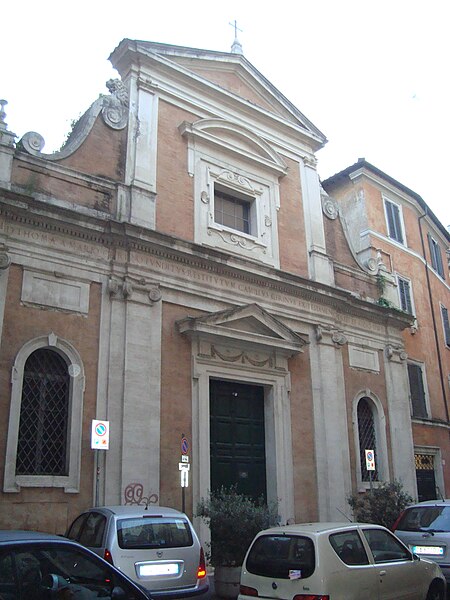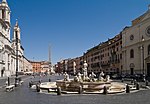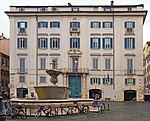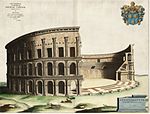San Tommaso in Parione
1582 establishments in Italy16th-century Roman Catholic church buildings in ItalyChurches of Rome (rione Parione)National churches in RomeRoman Catholic churches completed in 1582

San Tommaso in Parione is one of the two national churches of Eritrea in Rome. It is dedicated to St Thomas the Apostle. The church is normally open to the public every Sunday .
Excerpt from the Wikipedia article San Tommaso in Parione (License: CC BY-SA 3.0, Authors, Images).San Tommaso in Parione
Via di Parione, Rome Municipio Roma I
Geographical coordinates (GPS) Address External links Nearby Places Show on map
Geographical coordinates (GPS)
| Latitude | Longitude |
|---|---|
| N 41.898546 ° | E 12.470624 ° |
Address
Chiesa di San Tommaso in Parione
Via di Parione
00186 Rome, Municipio Roma I
Lazio, Italy
Open on Google Maps









